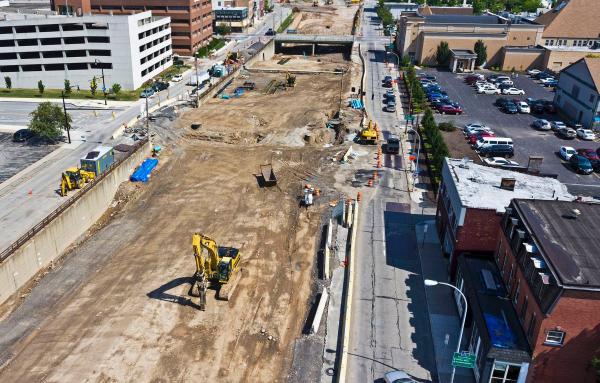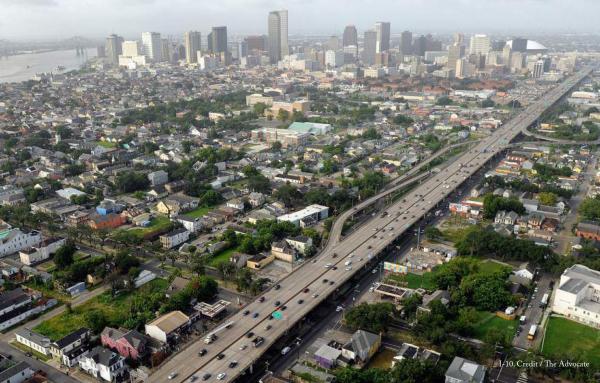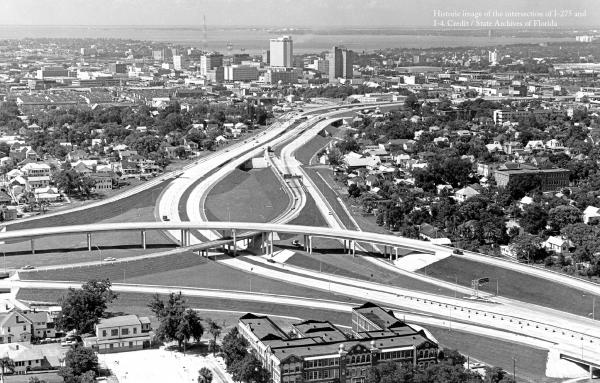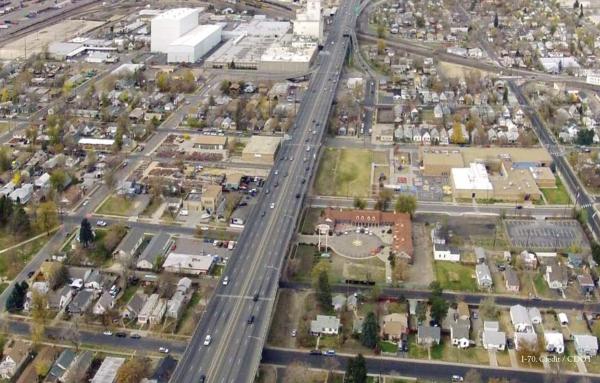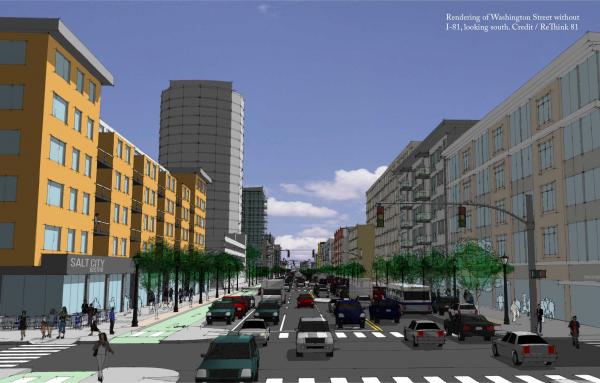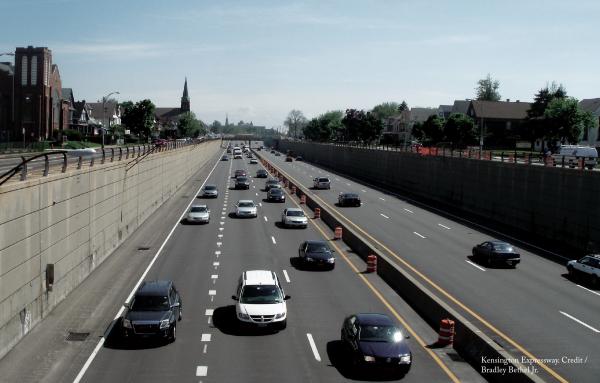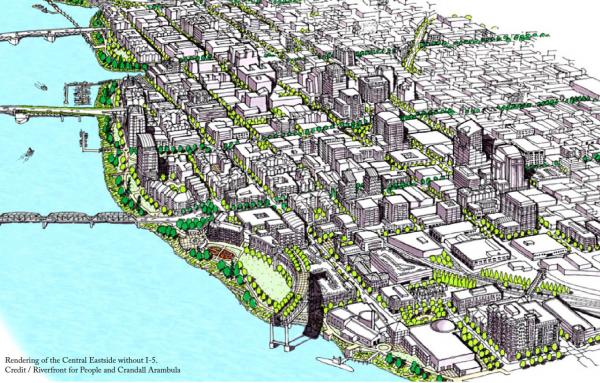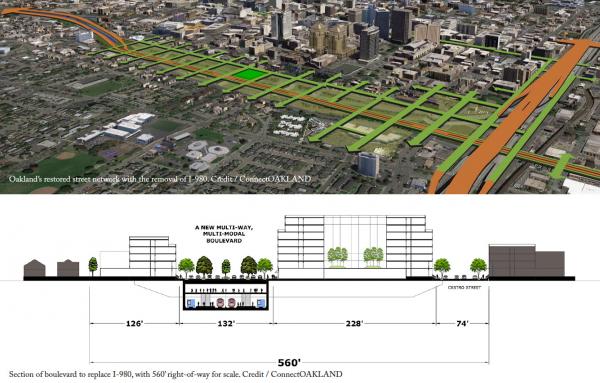URBAN FREEWAYS
When freeways have no futures
CNU releases is biennial report, Freeways Without Futures 2019, telling the tale of ten freeways in cities where the movement has spawned active campaigns for transformation.
Restoring the heart of Treme
Transforming the Claiborne Expressway in New Orleans to a boulevard like the historic Claiborne Avenue would reverse 20th Century damage to a primarily African-American neighborhood.
A boulevard rather than a freeway
I-275 was built on top of Central Avenue and split Tampa in half. Transformation into a boulevard is gaining political traction due to economic and quality of life benefits.
Ditch the ditch: Citizens respond to I-70 expansion
A partly built reconstruction of the aging I-70 in Denver into a much wider sunken highway has elicited a more neighborhood-friendly proposal: Reroute the Interstate and turn the corridor into a boulevard.
Time to restore the grid
A costly freeway, feeding a shopping mall, is a poor foundation for a mid-sized city—a better choice is to invest in infrastructure that supports downtown and surrounding neighborhoods.
Never too late to stop the bulldozer
Thirty-seven US urban highways were halted mid-construction by the communities in their path, saving city parks and neighborhoods from demolition.
Restoring a parkway system in Buffalo
The Kensington and Scajaquada expressways disrupted Frederick Law Olmsted's vision and divided neighborhoods, but that damage could be undone.
A chance to repeat history
Portland, Oregon, could open up the east bank of the Willamette River to adjacent neighborhoods and duplicate the success of the removal of Harbor Drive.
Crash diet for a freeway corridor
Conversion to a boulevard would reduce the right-of-way of I-980 in Oakland by 75 percent, connecting neighborhoods and allowing mixed-use development where land now generates no tax revenues.
